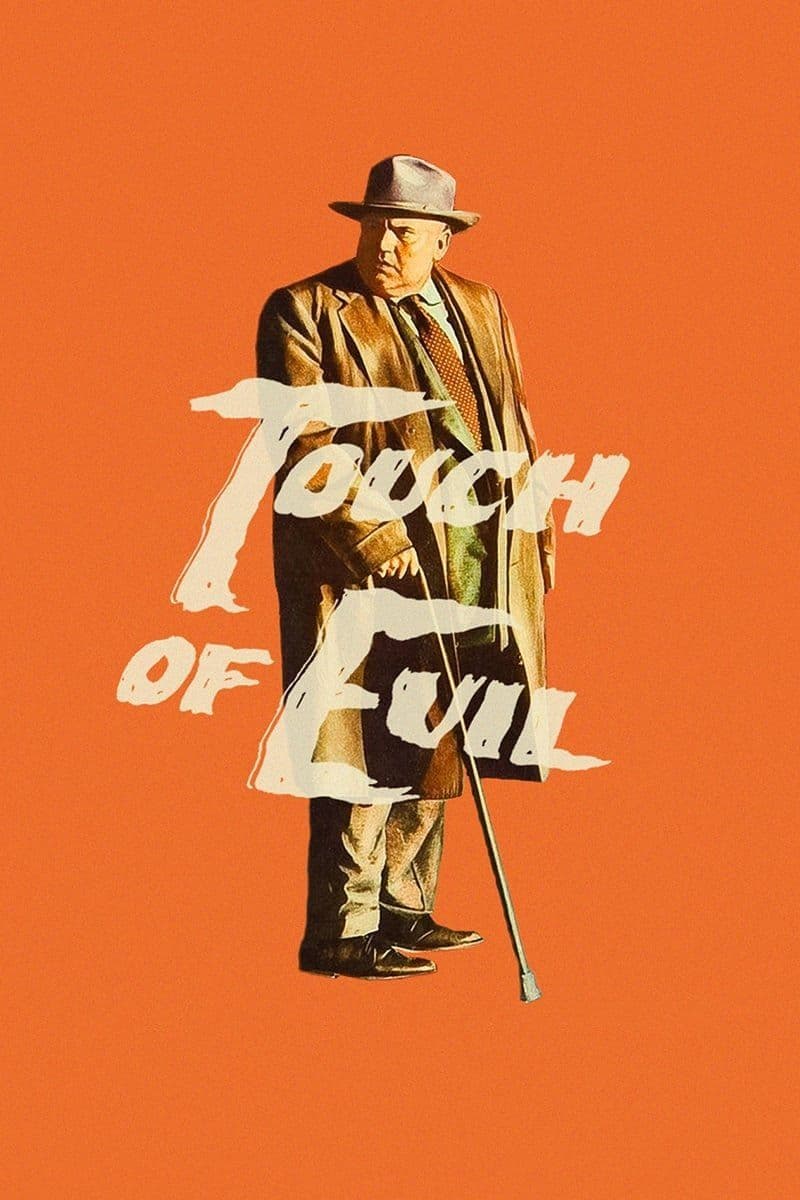
Touch of Evil
1958
Rate this movie
Average: 0.00 / 5
(0 votes)
Director
Mexican police officer Mike Vargas is on his honeymoon with his American wife in a border town. He finds himself entangled in a local incident and must testify against Grande, a local drug trafficker. He will be joined in the investigation by Hank Quinlan, a sleazy, shady, and ambiguous detective.
The initial long take of the car (a splendid '56 Chrysler New Yorker convertible) with a bomb just planted in it, driving through the town's streets in a crescendo of tension, while in the background, beyond the soundtrack, a ticking sound can be heard, is marvelous. This sequence, a true cinematic tour de force, is not merely a technical virtuosity designed to astound, but a narrative prologue that condenses in a few minutes the core themes of the entire work: the relentless suspense, the ambiguous morality of a border zone where legality and criminality merge, and the imminence of a catastrophe looming over the banality of everyday life. Welles, with his unmistakable directorial mastery, orchestrates a ballet of bodies and automobiles through bustling alleys and squares, immersing the viewer in a claustrophobic and anarchic environment, a crossroads of cultures and malfeasance that presages the moral disintegration to follow. It is a manifesto of his genius, an affirmation of cinema as an art capable of transcending narrative to become pure sensory experience, influencing generations of directors, from Robert Altman to Martin Scorsese, in their quest for the significant long take.
Orson Welles offers us another work worthy of being savored slowly, like an aroma that should not be squandered too quickly by the palate. "Touch of Evil" is not just a noir, but an abyssal exploration of corruption, obsession, and the collapse of integrity. Its narrative, steeped in visual and moral chiaroscuro, leads us into a labyrinth where justice is an elastic concept and truth contorts until it becomes unrecognizable. The film is a perfect example of late noir, where the genre's archetypes are pushed to the limit, blurring the lines between hero and anti-hero, victim and executioner.
The character of Quinlan is so controversial and diabolical that he is difficult to interpret. This was likely Welles' original intention. To analyze Quinlan's psychological depth, one probably needs to view him in a different light. Welles himself, massive and deformed behind makeup and padding, physically transforms to embody his character's moral putrefaction. Quinlan is not simply a villain; he is a Shakespearean figure, a colossus from a bygone era, consumed by his own hubris and a distorted conception of justice that has led him to manipulate the law for years. His loyalty, albeit blind and diseased, towards his right-hand man Menzies (portrayed with heartbreaking devotion by Joseph Calleia), reveals a glimmer of twisted humanity, but it is a humanity that feeds on lies and violence.
Consider this: much of Welles' filmography contains autobiographical elements, and the characters he chose for his stories (Kane, Macbeth, Othello) were giants destroyed by pride, men blinded by their own ego, just like Welles, who confessed this weakness in various interviews. Now consider Quinlan, a cynical and wounded old lion who tries to orchestrate this scenario like a director, assigning dialogues and roles to the protagonists, just as Welles would. Quinlan is decaying after years of abuse and excesses, and his ego leads him into trouble.
Is there a resonance between Welles' character and Quinlan? The history of Welles' career tells us of unfinished projects and films altered after he had left them. To some extent, his characters reflect his feelings and perspectives, and "Touch of Evil" is no exception. Quinlan is Welles in decline, or vice versa. This identification becomes even more poignant and painful when considering the film's troubled production. Universal Pictures, dissatisfied with his initial cut, took final control from Welles, handing the film over to another team who re-edited it, added scenes, and modified the soundtrack. Welles responded with a legendary 58-page "memo," a passionate and detailed epistle explaining his vision and the necessary modifications. This document became the bible for the renowned 1998 "restored version," supervised by Walter Murch, which attempted to restore the film as close as possible to Welles' original intentions. The production history of "Touch of Evil" is therefore not just an anecdote, but a dramatic and mirroring parallel to Quinlan's fate: both the director and his character are giants who lose control of their work and their lives, victims of external and internal forces that decree a kind of violent artistic or moral castration.
An element that adds charm to a film that remains a cornerstone of the noir genre, not only for its avant-garde aesthetic and suffocating atmosphere, but also for the psychological depth with which it explores the shadowy areas of the human soul. "Touch of Evil" is a sensory and intellectual experience, a testament to Orson Welles' genius and his ability to transform a B-movie into a timeless work of art, whose resonance and complexity grow with each new viewing, like an echo of an uncomfortable truth that never ceases to torment us.
Country
Gallery
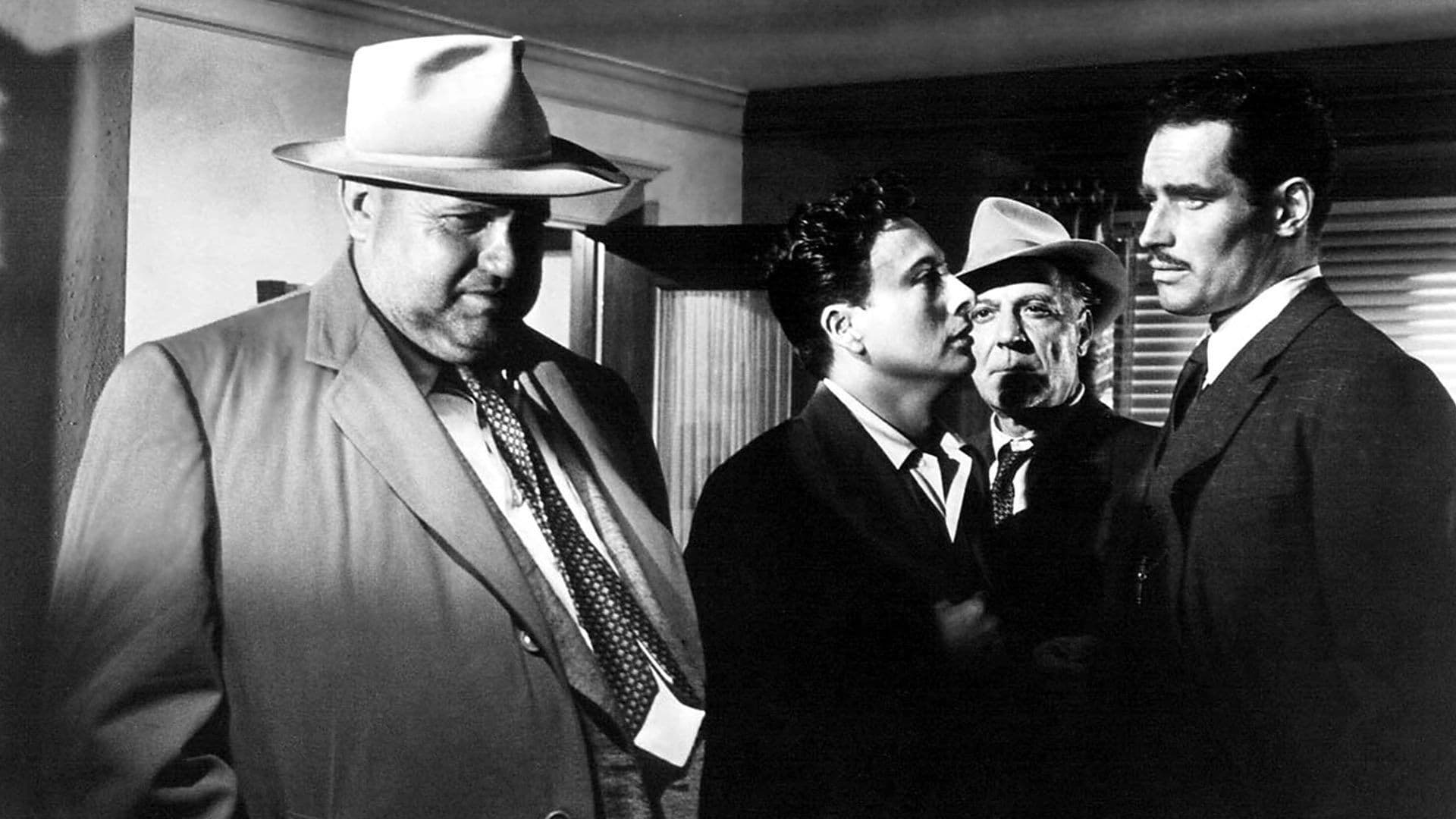
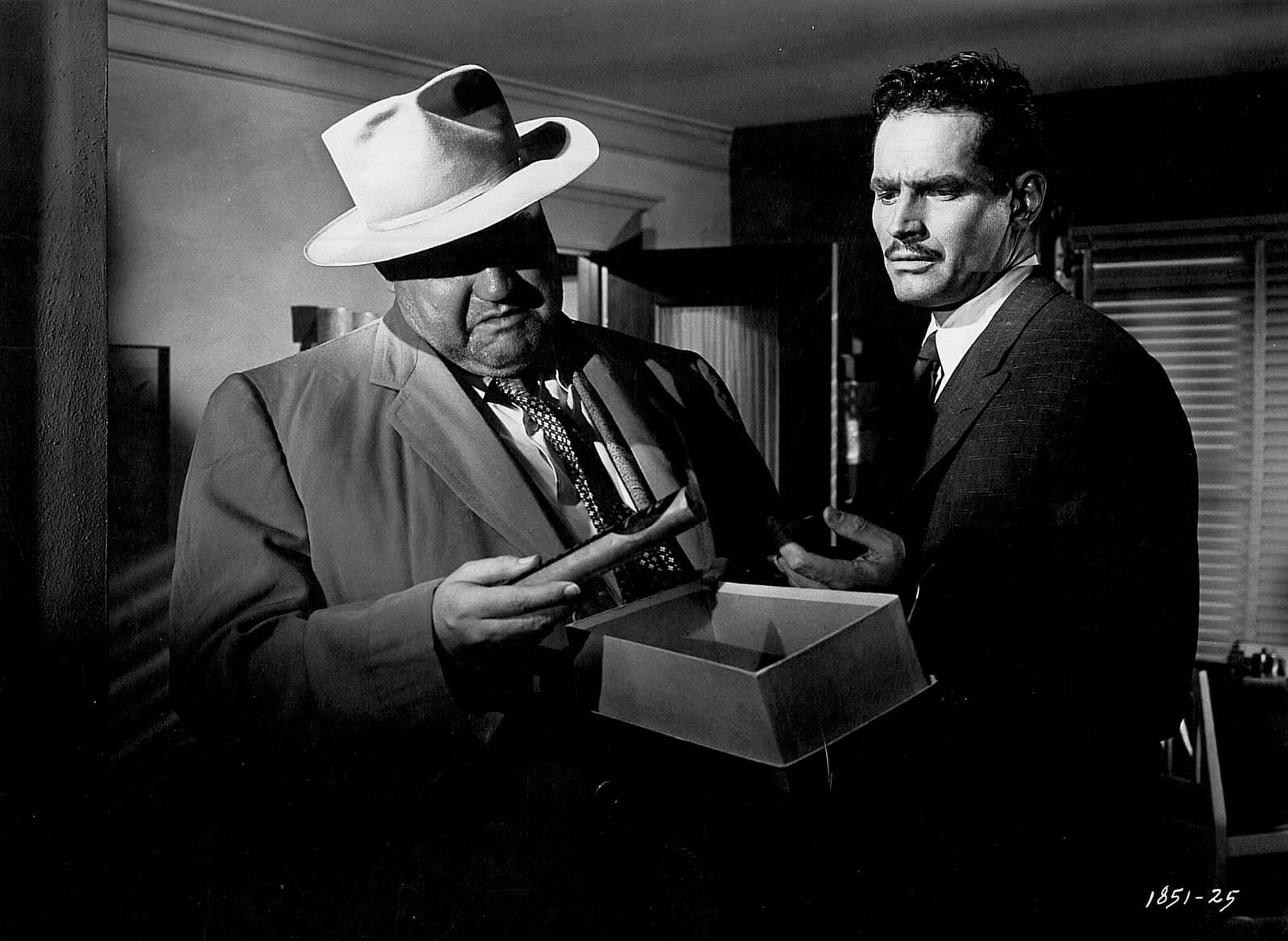
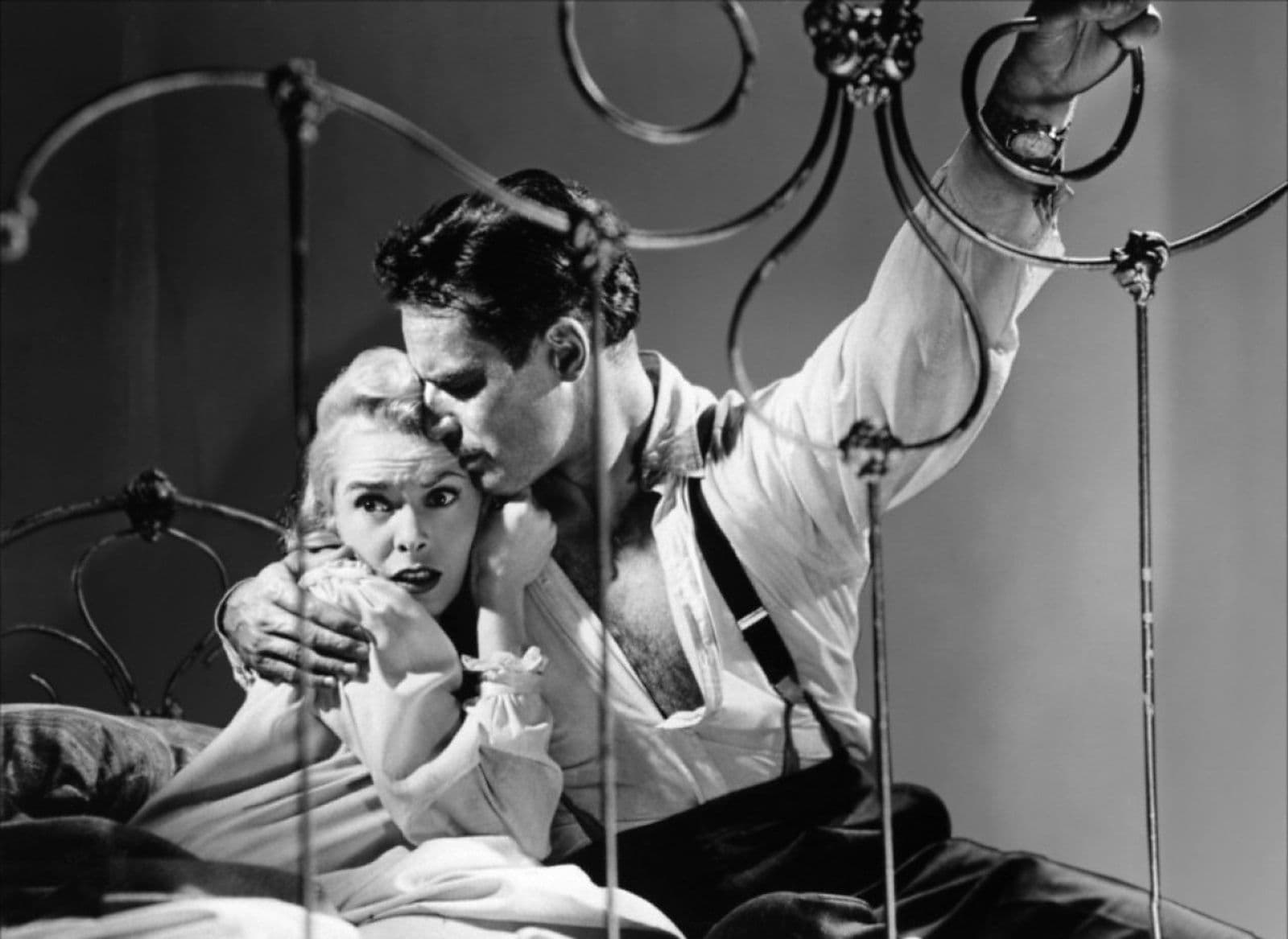
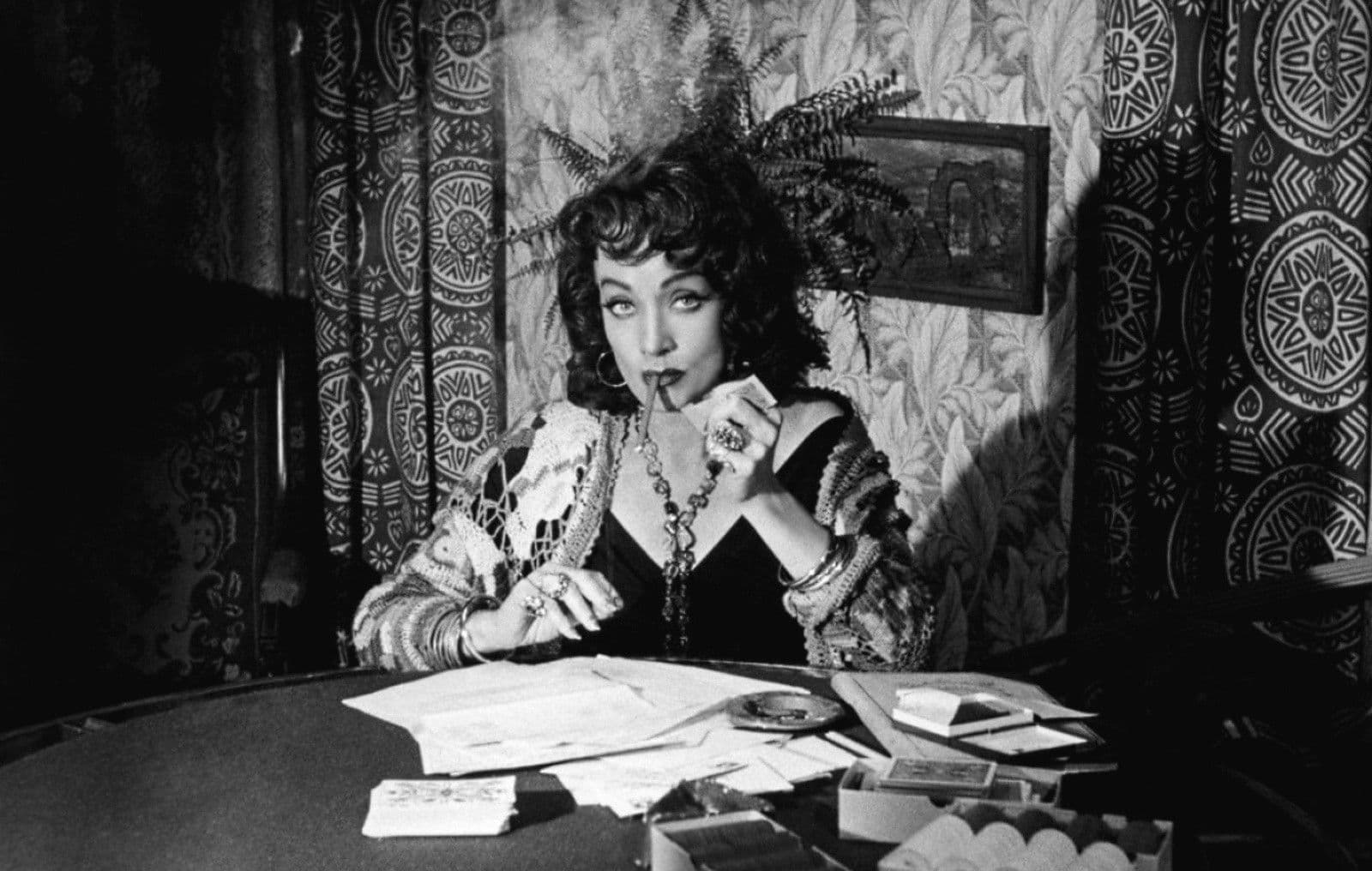

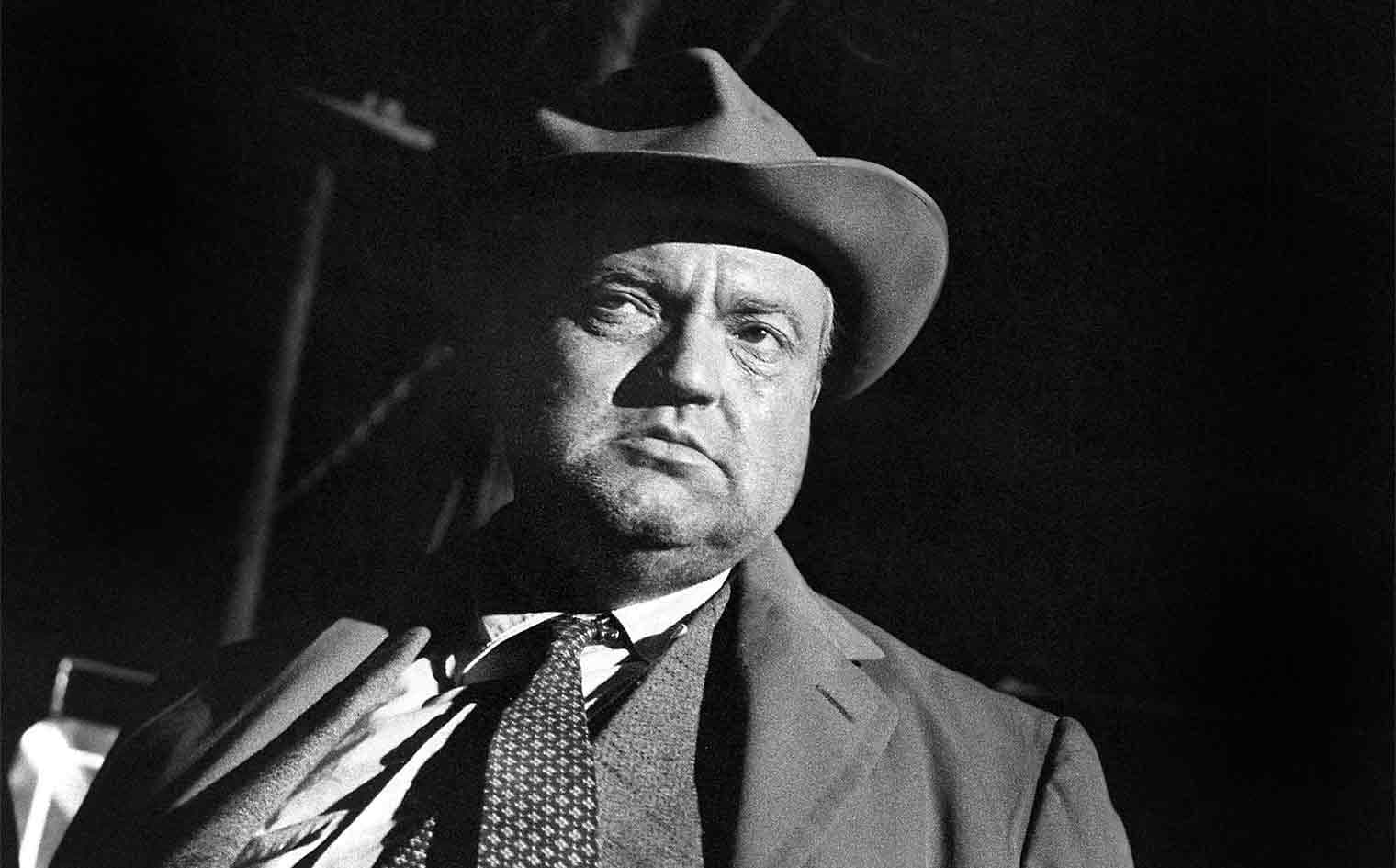
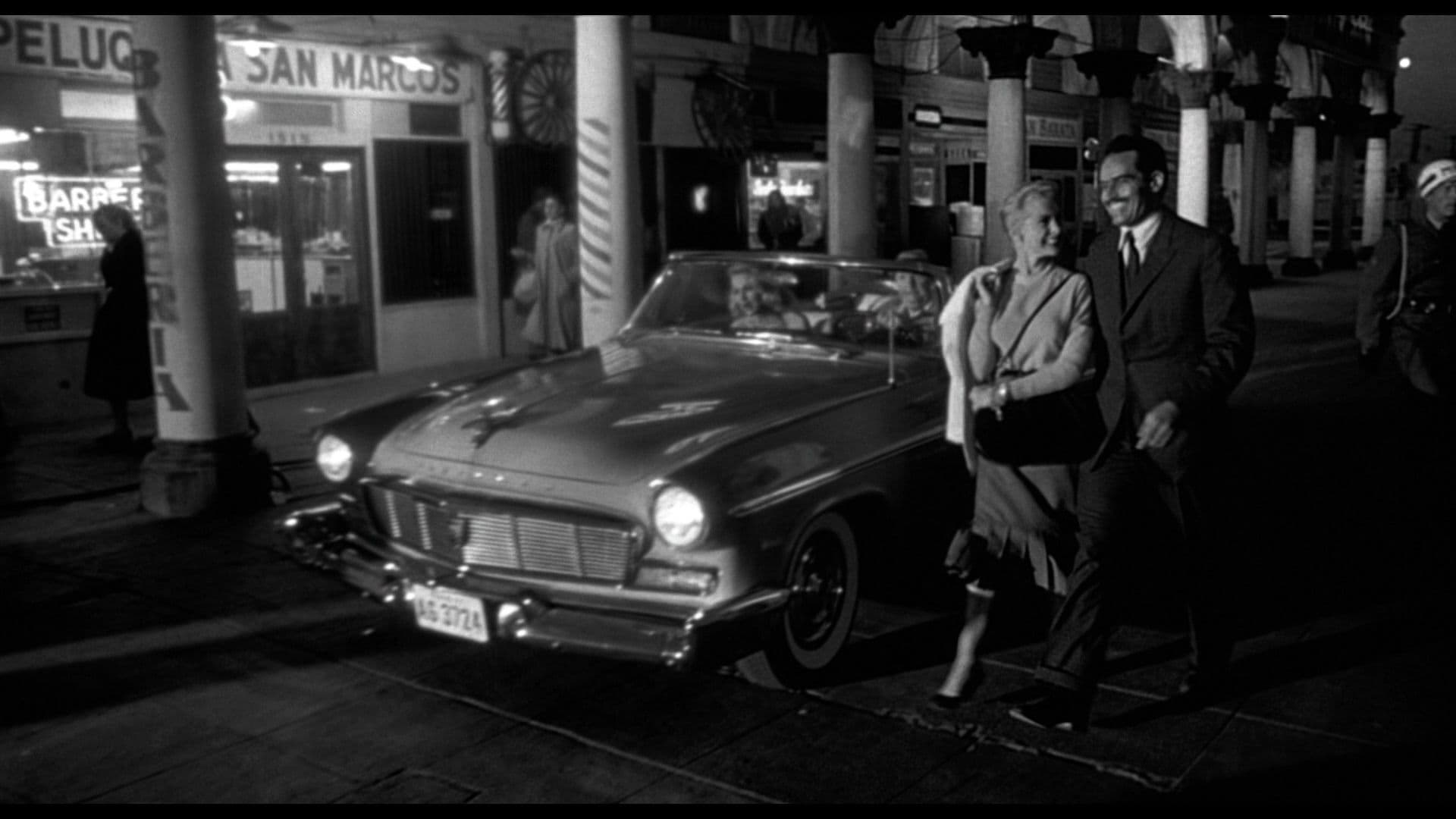
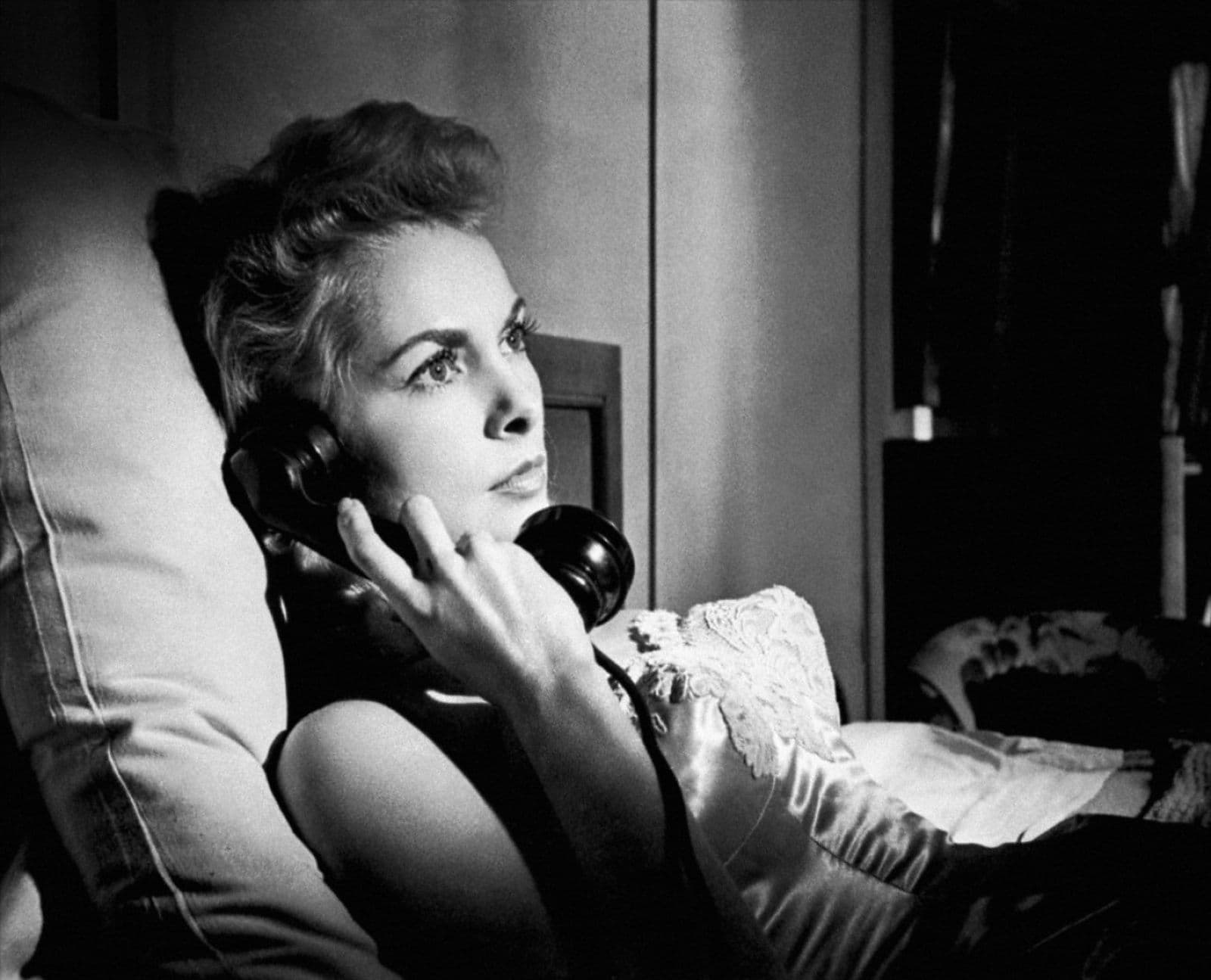
Featured Videos
Official Trailer
Comments
Loading comments...